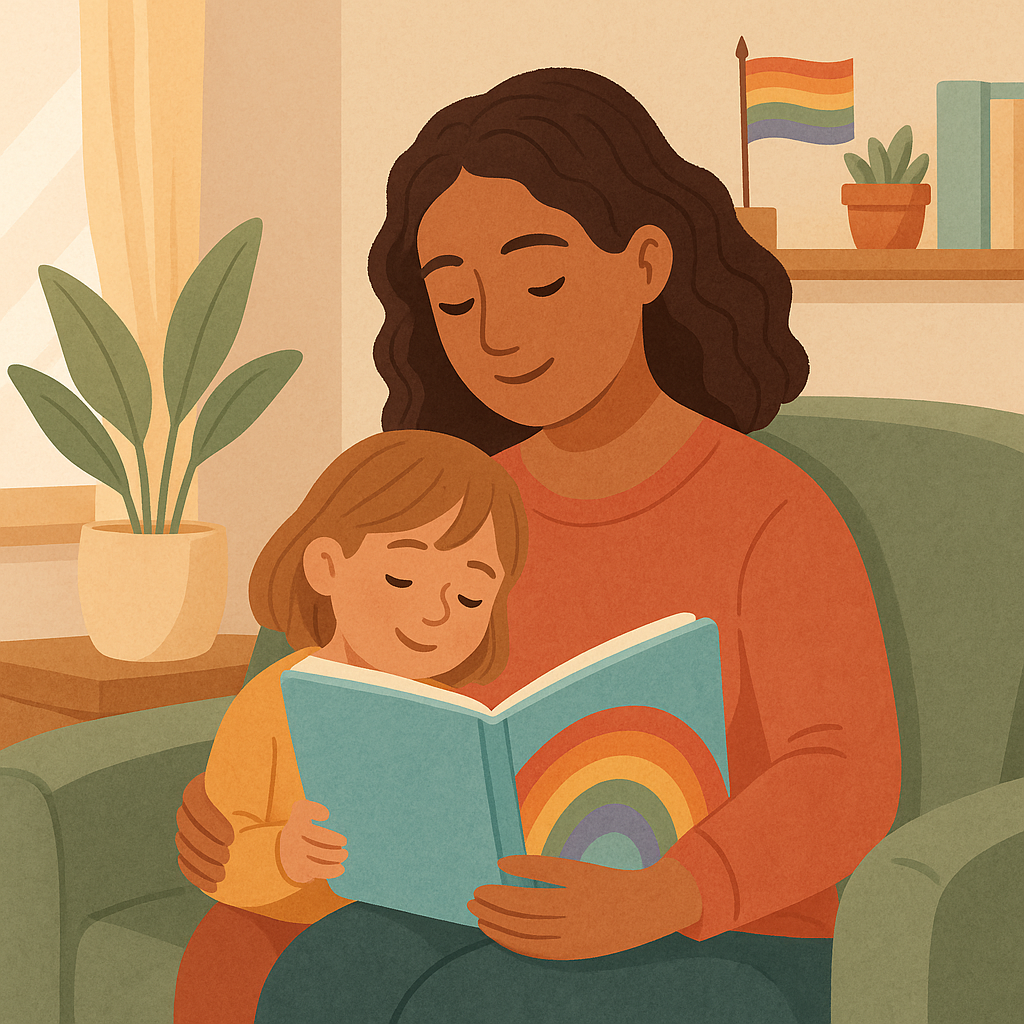If mental health was as important as physical health in Western society, everyone would be practicing Attachment Parenting. There would be no crying-it-out and no sleep training.
Everyone would be holding their babies, in a sling or otherwise, and not because it was a fashion trend. Everyone would be striving for a natural, unmedicated birth. The government would ensure that every mother could afford to stay at home and raise their children, even those going at it alone without a supportive spouse.
And no one would be criticized for “spoiling” their babies.
Research is quite clear as to the benefit of parenting in an attachment-minded way. I have been re-reading the book, Becoming Attached by Robert Karen, in which he summarizes the results of part of University of Minnesota developmental psychopathologist L. Alan Sroufe’s studies of how parent-child attachment predicts that child’s personality features.
This study, known as the Minnesota Longitudinal Study of Parents and Children, began in 1975 and is now in its 36th year. Sroufe followed the implications of the three styles of attachment into childhood.
Attachment is defined as the type of bond between parent and child, identified by developmental psychologist Mary Ainsworth in the 1970s. A fourth attachment style, Disorganized, was added later, but Ainsworth’s original categories were the first three:
1. Secure Attachment
It was found that one-year-old babies, who had been consistently and sensitively responded to, seemed more confident in their abilities and, though upset by separation from their mothers, were easily soothed upon her return.
2. Insecure Attachment (Avoidant)
These babies were not sensitively responded to and, as a result, became clingy, demanding toddlers who sometimes attacked their mother with random acts of aggression and, although upset by her absence, either showed no interest when mother returned or ran away.
It is thought that these parents largely ignore their baby’s need for attention.
3. Insecure Attachment (Ambivalent)
These babies also became clingy, demanding toddlers, though without the aggression. And even though these children desperately wanted their mothers when they returned, when picked up, they would refuse to be soothed, arching away angrily or going limp.
It is believed that these parents are inconsistent with meeting their baby’s needs for attention, that interaction was mostly dependent upon the parent’s agenda.
4. Insecure Attachment (Disorganized)
These babies may cry during separation from the parent, but upon return, either avoid the parent or approaches the mother and then suddenly freezes or falls to the floor.
Some babies showed obviously disturbed behavior such as rocking to and fro or repeatedly hitting themselves. Research shows that most mothers of these children had suffered major losses or trauma shortly before or after the birth of their infant and reacted by becoming severely depressed.
After categorizing a group of infants into attachment styles (just the first three at the time), Sroufe made these observations in four- and five-year-olds:
1. Preschoolers with Secure Attachment Histories
These children were more likely to enjoy themselves and less inclined to display their need for attention in negative ways such as whining, being aggressive, or having tantrums. They were more likely to show empathy to peers in distress, either getting an adult to help or standing by with a look of concern.
Overall, adults tend to treat these children in a warm, matter-of-fact, and age-appropriate way. In addition, these children’s pretend and play themes, family drawings, concentration, exploratory behavior, and ability to negotiate short separations from mother all appeared significantly healthier and more developed than that of insecure children.
2. Preschoolers with Avoidant Attachment Histories
These children were more likely to either ignore a peer in distress or to bully the peer, but when hurt or disappointed themselves, they would withdraw. When they would express a need for attention, they would do it in bizarre ways as if they expected to be rejected.
Sroufe further identified three types of avoidant children: the bully who lies and blames others; the shy loner who appears emotion-less; and the obviously disturbed child with repetitive tics who daydreams and shows little interest in his surroundings.
Overall, these children tend to be seen as oppositional, and because they sometimes prey on other children, adults tend to see them as self-sufficient and the only attention they often receive is anger.
3. Preschoolers with Ambivalent Attachment Histories
These children were more likely to seek attention for themselves when a peer was in distress, such as climbing up into the laps of adults. Because they become upset during aggressive encounters, they’re more likely to become targets of bullies.
Sroufe identified two types of ambivalent children: the fidgety, impulsive child with poor concentration and low frustration tolerance; and the anxious, hypersensitive, and clingy child who lacks initiative and gives up easily.
Overall, these children tend to be seen as emotionally immature and incapable of following rules, but because they so clearly desire closeness, adults hold them to lower standards and give them attention despite their behaviors.
Although it is apparent that the ideal child is the one with a secure attachment history, only a few children who fall within the other insecure attachment types are categorized as seriously disturbed. The majority of these behaviors are still viewed as within the “normal range.” I wonder, though, should these “normal-range” emotional issues be considered normal when they can so easily be prevented through parenting?
Parenting has always been a touché subject, but is it possible that the reason we’re seeing such an epidemic of childhood mental disorders such as depression, anxiety, bipolar disorder, conduct disorder, and attention deficit disorder is perhaps not because they’re being overdiagnosed (the common belief) but that, while of course, they have a genetic predisposition, these disorders are equally influenced by parenting?
Just something to think about.
- When Your Baby Is Clingy - March 2, 2013
- Crying as Sport? - July 10, 2012
- Attachment Parenting Isn’t Asking Too Much of Parents – Our Society Is - May 26, 2012




really makes u think about u as a parent. parenting is such a mind trap, i think if u try ur best and love ur kids they will porgive u for all the shortcommings